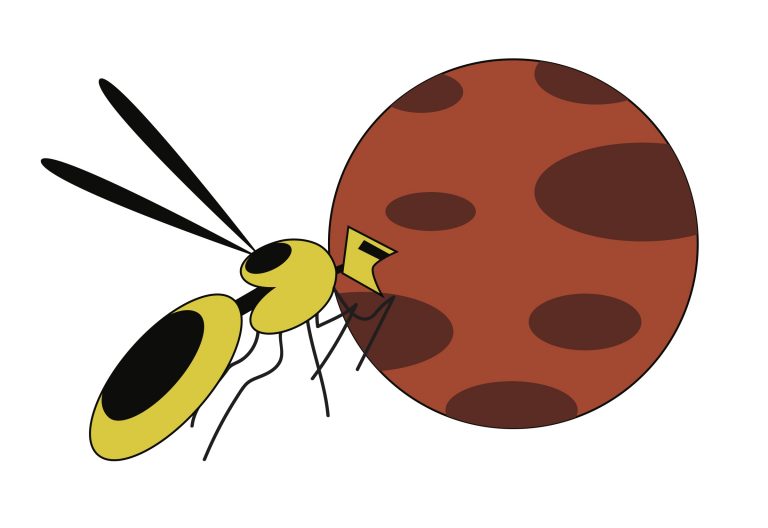
Jessica Gang
Staff Writer
NASA unveiled tentative plans to replace its traditional land-based Mars rovers with cutting edge flapping wing aerospace architectures on March 30th. These robot bumblebees, dubbed “Marsbees” by NASA, would be able to analyze and collect data whilst travelling over wide swathes of land, significantly enhancing the Mars exploration mission.
The Marsbees will be developed as part of a joint project handled by scientists working at the University of Alabama, Huntsville and scientists working in Japan. Preliminary models of the Marsbees feature a simple design: each robotic flyer will be the approximate size of a bumblebee, with cicada-sized wings. Every Marsbee will be equipped with sensors and integrated wireless devices that will be able to transmit information back to NASA scientists.
Space.com reports that if the project progresses smoothly, NASA hopes to replace traditional rovers like the Mars Curiosity with a swarm of Marsbees anchored by a simple rover. The mobile Marsbees will survey a large area of land and report back to the single, stationary rover that will act as a re-charging station and main communications base.
Before the plans for Marsbee exploration can be finalized, scientists at NASA must develop a schematic for the creation of the Marsbees. In its March 30th press release, NASA announced that the project planning phase would be split into two distinct parts.
In Part 1, NASA scientists will have to simulate Mars’ exact atmospheric conditions, keeping in mind the low density of the Martian atmosphere. Scientists at the University of Huntsville, Alabama will design a flyer powered by flapping wings that would be uniquely suited to the Martian atmosphere. They will work in tandem with Japanese scientists who are in charge of developing the official prototype for the Marsbees. The team in Japan has already developed a hummingbird Micro-Air-Vehicle (MAV) that is one of the few robotic flappers capable of operating on Earth.
The objective of Part 1 is to combine the research of both teams in order to determine the ideal wing design and motion of the Marsbees, as well as their ideal weight. A vacuum chamber with the air density reduced to levels typically found on Mars will be used to simulate the Martian atmosphere. Part 2 will be an extension of Part 1 and involves figuring out more concrete applications of the schematic developed, like maneuverability, remote sensing capabilities, and power implications.
Inevitable comparisons will be made between the Marsbees and the Mars rover; while the Mars rovers are outfitted with cutting-edge technology, there are benefits that the Marsbees have over the clunkier rovers.
Since landing on Mars in 2012, the Mars rover Curiosity has travelled just 11.2 miles. Marsbees can travel farther because of their lighter payload, and are also effective because large swarms make it much easier to suffer small losses. If one Marsbee malfunctions, the rest of the swarm can quickly make up for the loss, whereas if rovers like Curiosity malfunction, it is virtually impossible to do extensive repairs. In fact, Space.com also reports that Curiosity has suffered significant wheel damage since landing on Mars, and scientists continue to closely monitor additional punctures to the wheels.
Switching to a lighter, faster model of automated exploration gives NASA several large advantages when it comes to furthering the Mars exploration mission. While the traditional Mars rovers are capable of mapping terrain and taking earth and soil samples, less than one percent of Mars’s surface has been mapped by the four rovers: Curiosity, Opportunity, Spirit, and Sojourner.
Of the four rovers, only Curiosity and Opportunity are still active. NASA has previously reported that future explorations of Mars will require the active rovers Curiosity and Opportunity to search for signs of ancient life on Mars, including evidence of biospheres as well as fossils and organic carbon. If NASA progresses far enough with its plan to replace rovers with Marsbees, it is likely that these objectives will also become the prime directives of the Marsbees.










